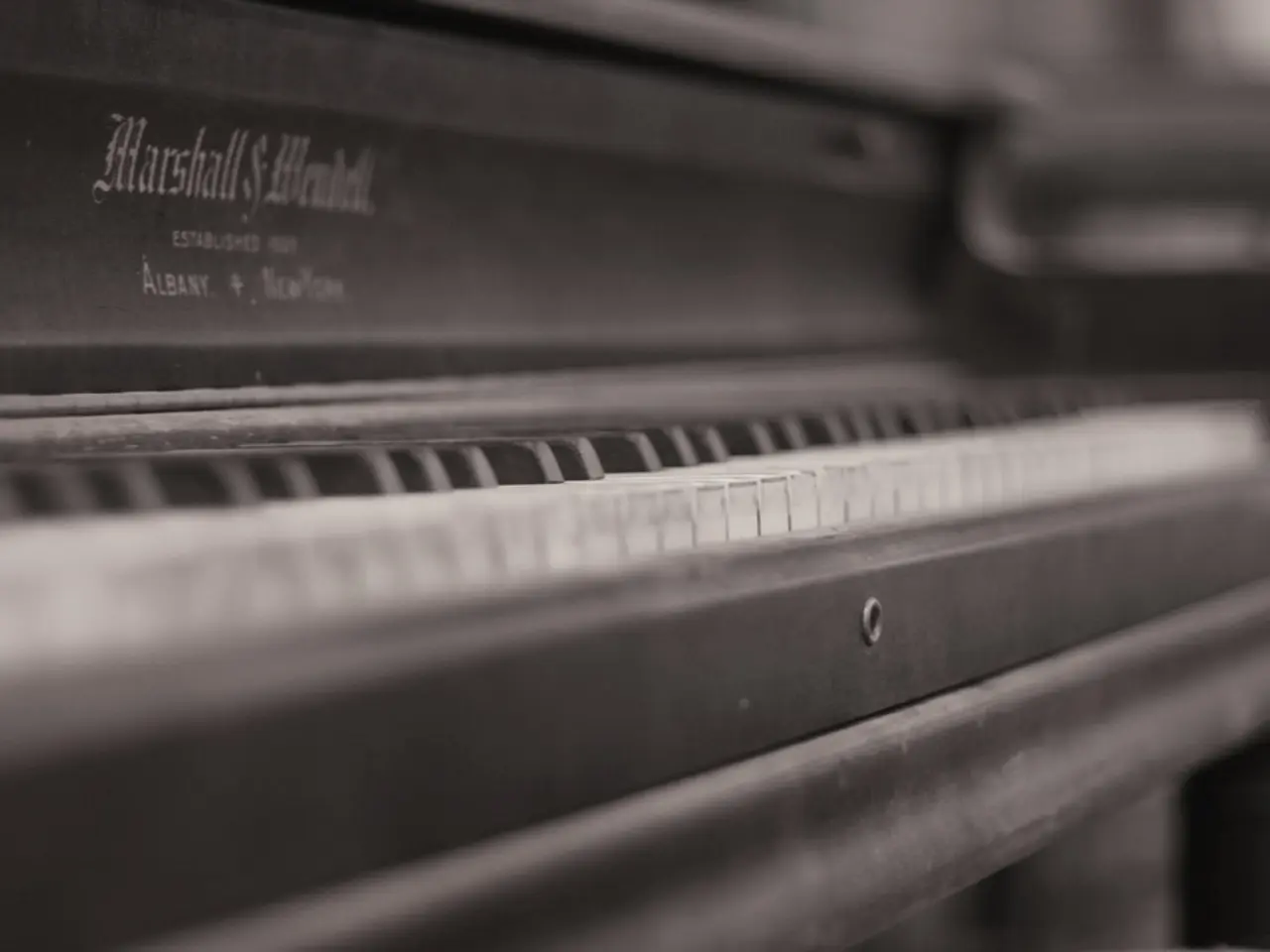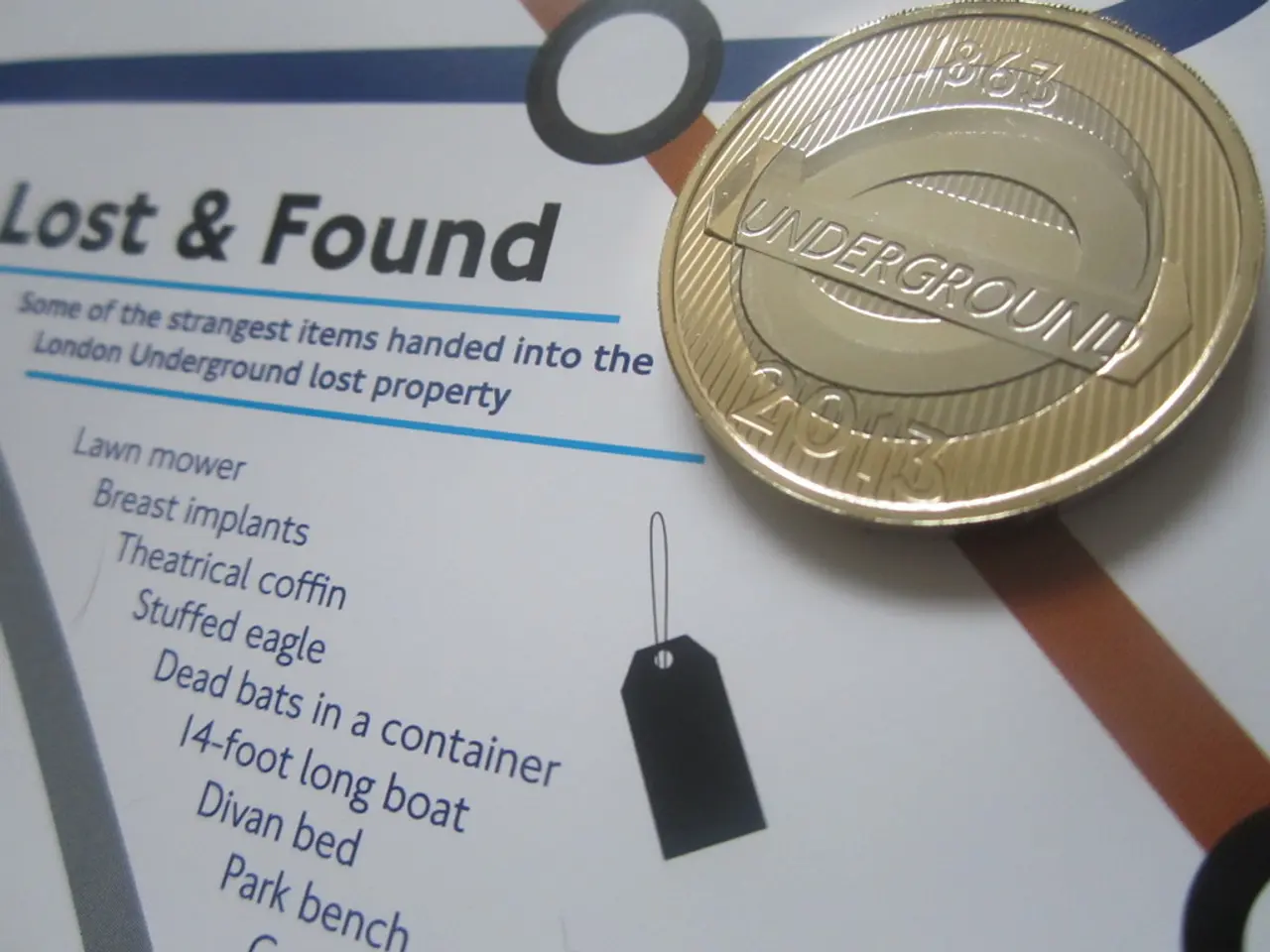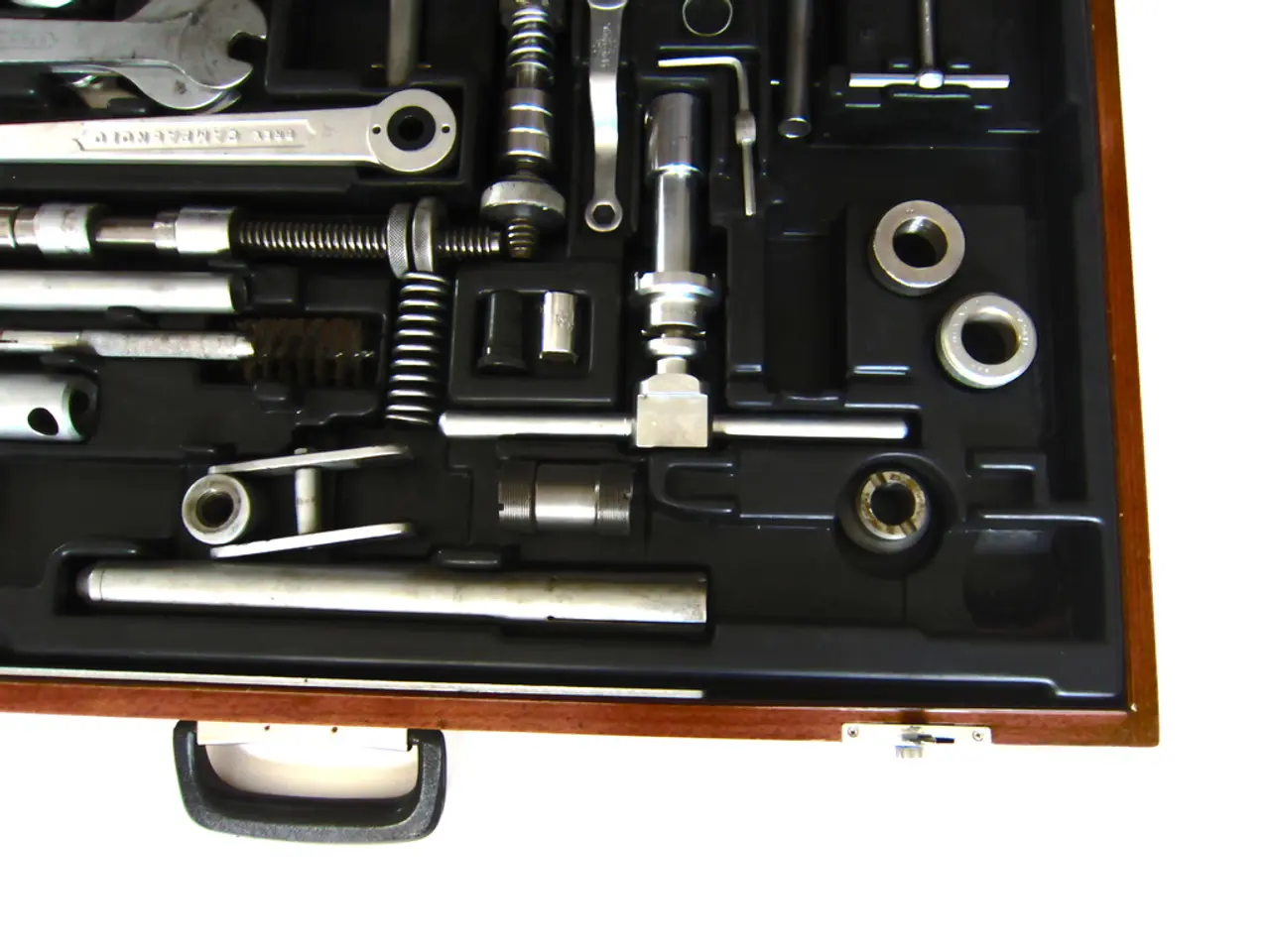Microtonal notes in music refer to the tiny musical intervals smaller than half steps or semitones often used in some non-Western music traditions and modern compositions.
Microtones—intervals smaller than the semitone standard in Western music—have a rich history and significant role in both classical and contemporary music traditions worldwide. These subtle pitches, foundational in many non-Western classical systems, have recently gained prominence in the works of modern artists.
Historically, microtones are foundational in many non-Western classical systems. For instance, Indian classical music has long incorporated microtonal intervals called Shrutis, which divide the octave into 22 microtonal steps, serving as the subtle pitches underlying its seven main notes (Swaras). Similarly, Byzantine chant notation includes symbols for microtonal adjustments and pitch slides smaller than a semitone, reflecting an oral tradition of nuanced pitch variations essential to its performance practice. Traditional Asian musical genres commonly utilize microtonal scales, offering distinctive melodic expressiveness beyond Western equal temperament.
In Western classical music, microtones were rarely used until the 20th century when composers began exploring tuning beyond standard semitones. Contemporary composers like Sofia Gubaidulina employ microtones innovatively, incorporating quarter tones and non-equal-tempered tunings based on pure harmonic overtone series to enrich harmonic color and texture. This expands sonic possibilities and challenges conventional Western pitch frameworks.
In contemporary music, including experimental and microtonal genres, musicians exploit microtones to expand the emotional and timbral palette. Microtonality enables exploration of intervals invisible on the traditional piano keyboard, offering fresh musical textures and expressions. Artists such as Dua Lipa, Nancy Sinatra, Jet, King Gizzard and the Wizard Lizard, Paul SImon, Jacob Collier, Aphex Twin, and Spoon have experimented with microtones in pop, rock, and jazz music, pushing the boundaries of Western music.
Microtones are indicated in music scores using symbols that look similar to standard sharps and flats in notated Western music. Nicola Vicentino, a Renaissance composer and theorist, worked with microtonal intervals and built a special keyboard known as the archicembalo with extra keys—36 in total—to access microtones.
Microtones allow access to pitch nuances that convey emotional subtleties and cultural identity beyond conventional semitones. They serve as a bridge between ancient musical traditions and modern innovations, preserving microtonal tuning systems like Indian Shrutis or Byzantine pitch variations while influencing composers worldwide. In contemporary composition and performance, microtones challenge and expand the rigid structures of Western equal temperament, fostering new sonic landscapes and experimental possibilities.
Thus, microtones represent both a historical continuity in diverse musical cultures and a frontier for modern musical creativity. Whether in the subtle inflections of Indian classical music or the experimental sounds of contemporary pop, rock, and jazz, microtones continue to enrich and expand the world of music.
Technological advancements have enabled the integration of microtones into modern Western music, allowing artists to explore and showcase their unique emotional expression beyond conventional semitones, such as Dua Lipa and Spoon in pop music.
The use of microtones in contemporary music continuously challenges the established Western pitch frameworks, bridging the gap between ancient musical traditions and innovative technological applications in entertainment.





